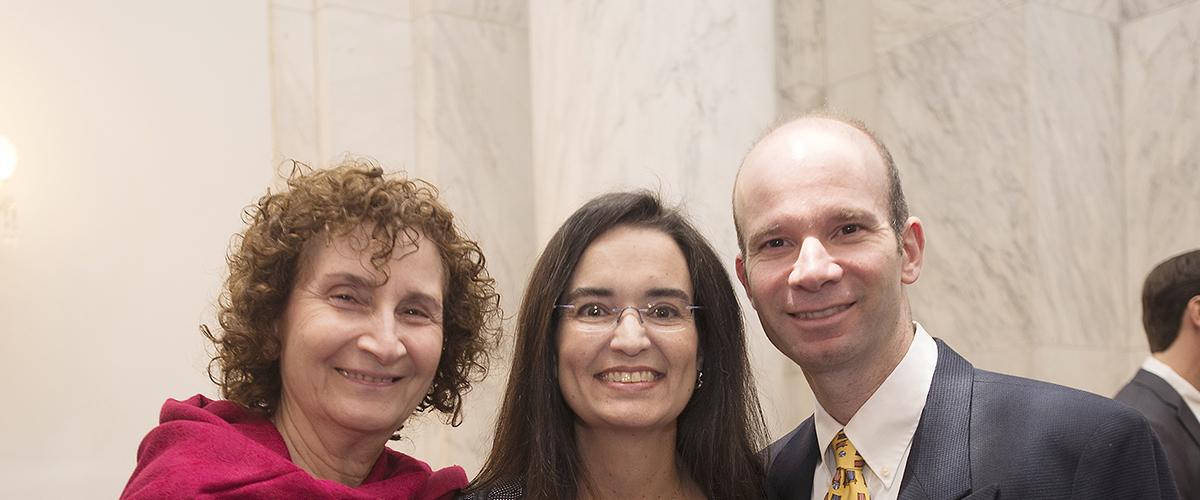Gene Editing
The basic science discovery of an adaptive immunity system that evolved in bacteria as a DNA-targeting viral defense mechanism was so revolutionary that early manuscripts from three independent labs were rejected by multiple journals. From that inauspicious beginning, CRISPR/Cas9 technology is rapidly advancing toward clinical trials in multiple disease indications.
Even that renowned purveyor of scientific knowledge, The New Yorker, has touted the therapeutic potential of CRISPR/Cas9 gene editing (see "The Gene Hackers").
Gene editing is rapidly moving toward clinical trials, indeed ex vivo editing of T-cells in order to target tumors was approved by the National Institutes of Health’s (NIH) Recombinant DNA Advisory Committee (RAC) and trials are anticipated to start in early 2017. By design, the oncology clinical trial largely avoids many potential barriers to CRISPR/Cas9-based therapies—efficiency of gene editing, safety, delivery and ethics. It is not surprising that a disease where ex vivo gene editing is a plausible therapeutic strategy is the first to reach clinical trials.
Possibilities for DM
For myotonic dystrophy (DM), gene editing is an attractive, but currently theoretical strategy for directly addressing the primary genetic defect by excising pathogenic expanded CTG or CTTG repeats. Recognizing that expanded repeats are present in every cell, thereby requiring in vivo gene editing, the DM field must address all of the barriers noted above if clinical trials are to become a reality.
A recent publication from Dr. Bé Wieringa and colleagues takes an important step in assessing the feasibility of CRISPR/Cas9-mediated somatic gene editing for DM. In studies of myoblasts from normal subjects, DM1 patients, and immortalized mouse myoblasts (DM500), the research team explored ways of modulating efficacy of expanded repeat excision. They evaluated both unilateral (from one side of the repeat tract) and dual CRISPR cleavage strategies.
The group’s findings show specificity in removal of normal and expanded CTG repeats from the DMPK locus. Their dual CRISPR editing approach resulted in unusually large deletions (kilobase size, encompassing the entire expanded repeat) with no adverse biologic consequences for gene expression, DMPK mRNA localization, MBNL distribution or myogenesis. Unilateral cleavage of an unstable genomic repeat was viewed as unadvised, since the ensuing recombination repair may produce unpredictable genomic changes.
The promise of gene editing lies in its objective of stopping downstream pathogenic mechanisms via correction of the primary DNA defect. The challenges lie in establishing safety (putative off-target editing), further optimization of editing efficacy/efficiency, and ensuring bioavailability of CRISPR/Cas9 reagents to tissues impacted by DM. These are not trivial barriers, but the latest findings by Dr. Wieringa and colleagues provide important in vitro proof of concept and thereby represent an important step.
Reference:
CRISPR/Cas9-Induced (CTG⋅CAG)n Repeat Instability in the Myotonic Dystrophy Type 1 Locus: Implications for Therapeutic Genome Editing
van Agtmaal EL, André LM, Willemse M, Cumming SA, van Kessel ID, van den Broek WJ, Gourdon G, Furling D, Mouly V, Monckton DG, Wansink DG, Wieringa B.
Mol Ther. 2017 Jan 4;25(1):24-43. doi: 10.1016/j.ymthe. 2016.10.014.

